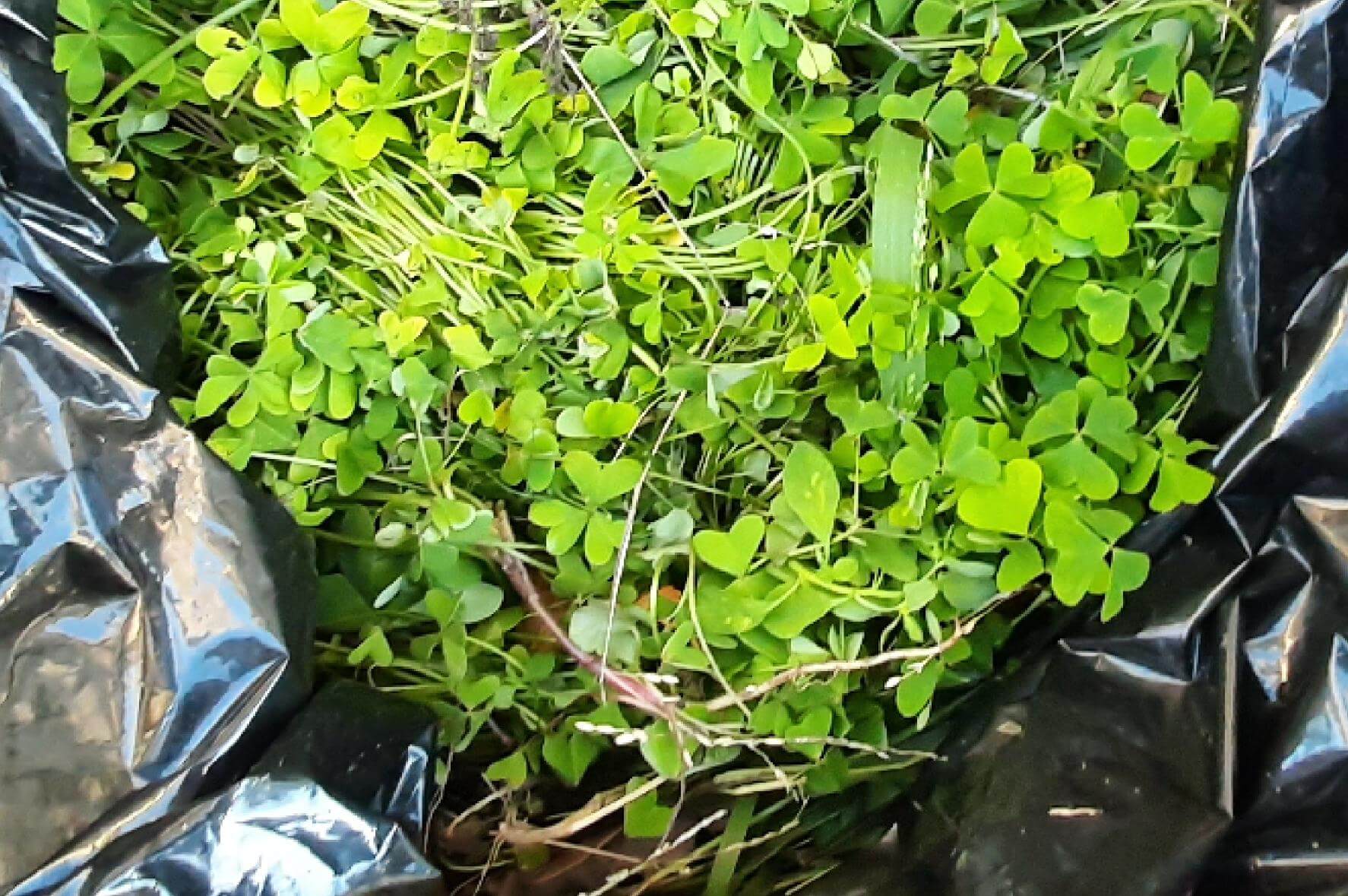Assemble your Earthmaker
- no tools required!
The Assembly Instructions and User Guide will be supplied with your Earthmaker.
You don’t need a degree in composting to use an Earthmaker. Unlike tumblers (which need daily turning) and single bins (which should be regularly aerated), Earthmaker requires minimal effort on your part. Just move material through about once a month

Choose a site - for convenient access
When you have assembled your Earthmaker it can be easily moved to a suitable site. Position your Earthmaker where it is:
– Easy to access from your kitchen (Earthmaker is not smelly);
– Shaded from the hottest midday sun (some radiant heat is good but too much can soften the plastic and reduce its
structural integrity);
– On a level surface at least one metre in diameter (a firm base of brick, paving slabs, timber slats, grass, soil or
concrete with good drainage; if the surface is not exactly level it should lean backwards not forwards);
Planting herbs around the base is both attractive and useful.
Do not attempt to re-position the Earthmaker when it is full, empty it first.

Feed your Earthmaker - from the garden

- Use grass clippings, dry leaves, tree trimmings and weeds*;
- If possible use a shredder to mince up large pieces (chewing aids digestion);
- Do not add large amounts of grass clippings all at once (it may become slimy) – store excess clippings,
- preferably with dry leaves, in an adjacent bin and use it to layer over kitchen waste as it is added;
- Include carbon (dry leaves, twigs) to balance the nitrogen from grass clippings and vegetable scraps;
- Coffee grounds, shredded paper, straw, cold ashes, untreated sawdust and vacuum cleaner dust are also sources of carbon;
- Do not add heavy materials like soil, manure or mature compost – they have already broken down.


Feed your Earthmaker - from the kitchen

- Add vegetable and fruit scraps;
- Chopping them up will aid digestion;
- Coffee grounds, tea bags, vacuum cleaner dust, paper kitchen towels are also suitable ingredients;
- Avoid adding meat or fatty foods – they attract rodents and other unwanted wildlife.
Lining your kitchen scrap bin with newspaper will make it easier to empty (potato peelings won’t stick to the sides) and the paper adds carbon to the mix.
